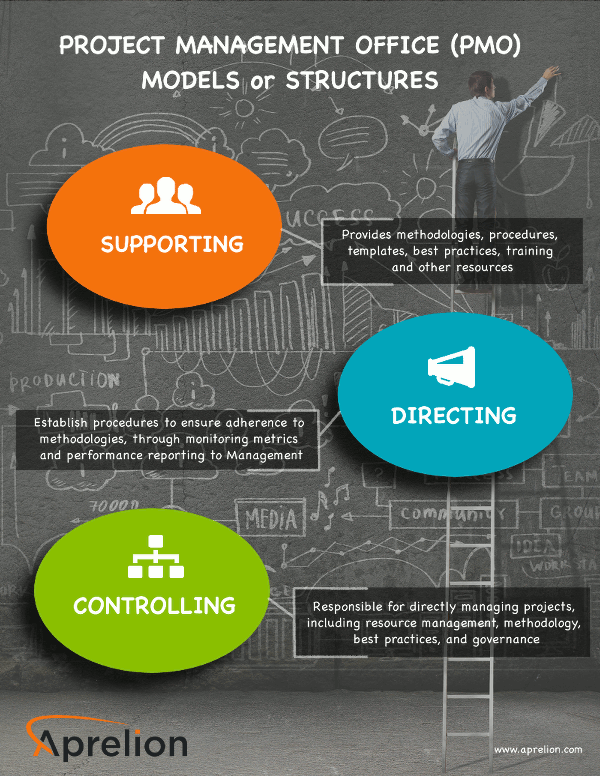LiquidPlanner Product Review
LiquidPlanner is one of the more robust solutions we have looked at, with an enterprise level set of features. The user interface is slick and modern, with lots of drag-drop and right-click menu features.
At a task level, LiquidPlanner is capable of tracking more detail than most comparable solutions. Tasks allow for multiple resources, and separate work estimates for each resource. You can set daily hour limits, to spread work across multiple days for part-time resources. Tasks can also track notes, comments, links, documents, links, dependencies, and lists of sub-tasks.
Wrike Product Review
 Wrike is one of my personal favorite SaaS PPM tools. You get a lot for your money. While priced for medium size organizations, Wrike contains many enterprise level features, like gantt charting and resource management. It also has a very clean, easy to use, and modern user experiences – lots of drag-and-drop, split screens, an interactive views.
Wrike is one of my personal favorite SaaS PPM tools. You get a lot for your money. While priced for medium size organizations, Wrike contains many enterprise level features, like gantt charting and resource management. It also has a very clean, easy to use, and modern user experiences – lots of drag-and-drop, split screens, an interactive views.
Wrike has a few different ways to view and work with schedule and tasks. The simplest is a split screen with tasks on the left and details on the right – easy to pick a task and make quick changes. An expandable work breakdown view gives a better picture of task relationships. There is also an interactive gantt chart view which shows everything across a timeline.
Teamwork Product Review
Teamwork is a great SaaS project management solution for small-mid sized companies and project teams. Like other products in this category, Teamwork is focused on task management and collaboration, sacrificing some features and complexity of enterprise solutions, for ease of use.
Tasks and task lists are at the core of Teamwork. Within a project, Project Managers create and assign tasks. Team members can review their tasks; add comments, track time, and mark tasks as complete. Tasks can also be associated with project milestones. A calendar view of project milestones gives a nice high-level overview of important project dates.
Basecamp Product Review
Basecamp is one of the most popular and simplest project management SaaS solutions. Its low monthly fee with unlimited users makes it very appealing to small project teams.
To-do’s and discussions are the core features of Basecamp. Team members can create and group lists of tasks into To-do’s. These tasks can be assigned, scheduled, and marked complete. To-do’s in Basecamp are simple task lists. They do not track dependencies, effort levels, or allow assigning multiple resources.
Discussions are threaded, topic based, collaborative discussions. Discussions let team members collaborate and exchange ideas around a specific topic. For example, we often post project documents in the discussion area and ask project team members to review the document and submit comments.
Software as a Service (SaaS), Project Portfolio Management (PPM) Solutions

Jim Graham, the new Director of Corporate Outreach for the Buffalo PMI
Congratulations Jim Graham, the new Director of Corporate Outreach for the Buffalo PMI. As Director of Corporate Outreach, Jim will work with local business leaders to promote the value of project management and the many services provided by PMI.
If you or your company is interested in learning more about the PMI and how they can help your business, please don’t hesitate to contact Jim.
More About Jim
A lifelong Buffaloian, with a beautiful family; twin 8 year old boys and a 6 year old girl. Jim has 10+ years experience as a Program and Project Management professional, having spent the last several years with a national IT services firm, delivering complex IT solutions for Fortune 500 companies. Jim has a BA in Psychology, and a MS in IT Management. He first joined the Buffalo PMI in 2005, earning his PMP and later teaching PMP prep classes. Jim is active in local youth hockey, previously serving on the Board of Directors, Mite Program Director, and Head Goaltending Coach for the Buffalo Shamrocks Hockey Club, and is now currently coaching with the Clarence Mustangs Hockey Club.
26th Annual HIMSS Leadership Survey
 This month, HIMSS released the 26th Annual HIMSS Leadership Survey, which gathers opinions of IT professionals in healthcare provider organizations regarding their use of technology.
This month, HIMSS released the 26th Annual HIMSS Leadership Survey, which gathers opinions of IT professionals in healthcare provider organizations regarding their use of technology.
The survey revealed that 72 percent of respondents report that consumer and patient considerations, such as patient engagement, satisfaction and quality of care will have a major impact on their organization’s strategic efforts over the next two years.
2015 HIMSS Mobile Technology Survey
The 2015 HIMSS Mobile Technology Survey of more than 200 healthcare provider employees’ further supports the fact that use of mobile healthcare technologies is spreading fast.
Meaningful Use, Stage 3, Providers & Technology
 The Centers for Medicare and Medicaid Services (CMS) released the proposed rules for stage 3 of meaningful use. The entire document is over 300 pages, and reads like a legal contract or legislative bill – not something you would read for fun. Stage 3 is the final stage of meaningful use, beginning in 2017, and required by all providers and hospitals by 2018.
The Centers for Medicare and Medicaid Services (CMS) released the proposed rules for stage 3 of meaningful use. The entire document is over 300 pages, and reads like a legal contract or legislative bill – not something you would read for fun. Stage 3 is the final stage of meaningful use, beginning in 2017, and required by all providers and hospitals by 2018.
Stage 3 meaningful use focuses on provider flexibility, simplifying the program, interoperability of electronic records, and patient outcomes. “The steps we are taking today will help to create more transparency on cost and quality information, bring electronic health information to inform care and decision making, and support population health,” said HHS Secretary Sylvia M. Burwell in a press statement.
Continue reading



